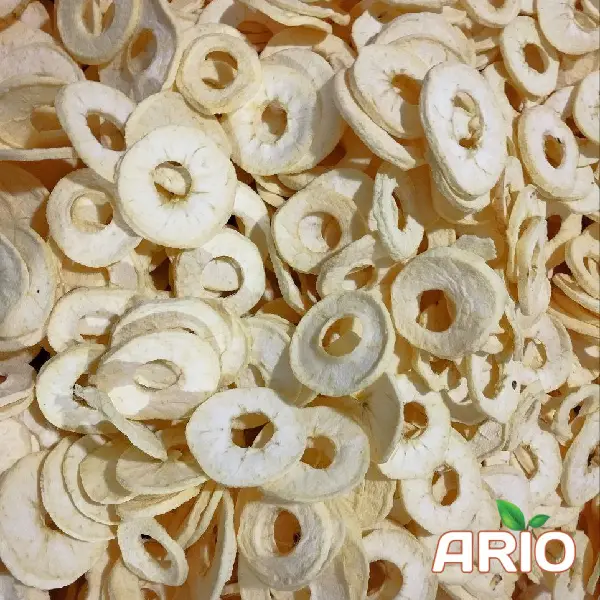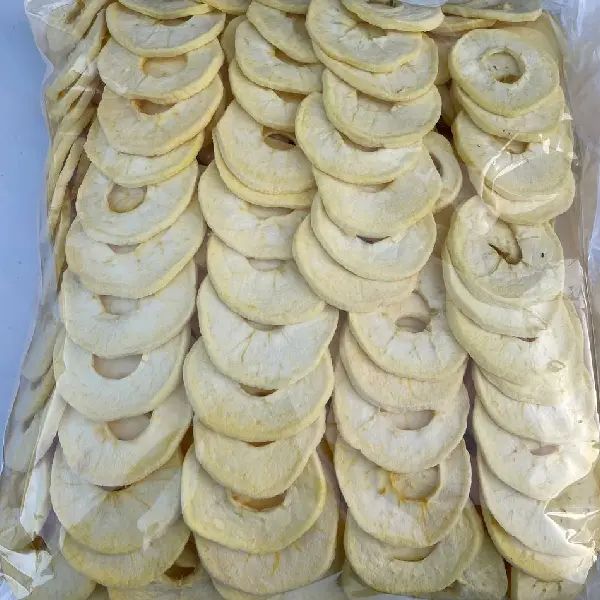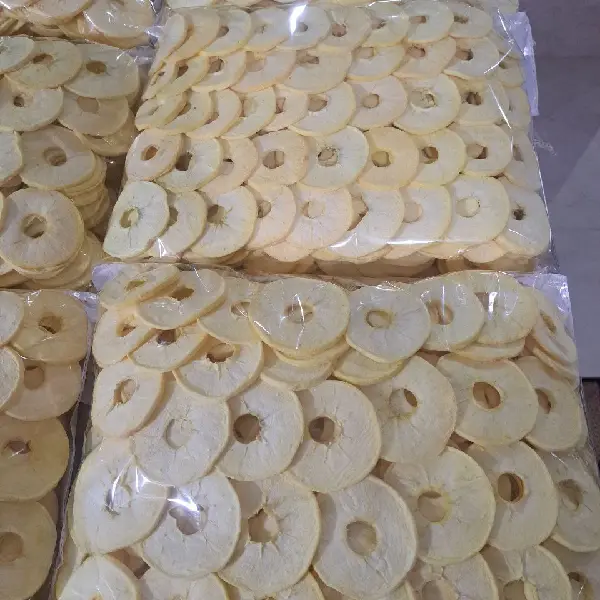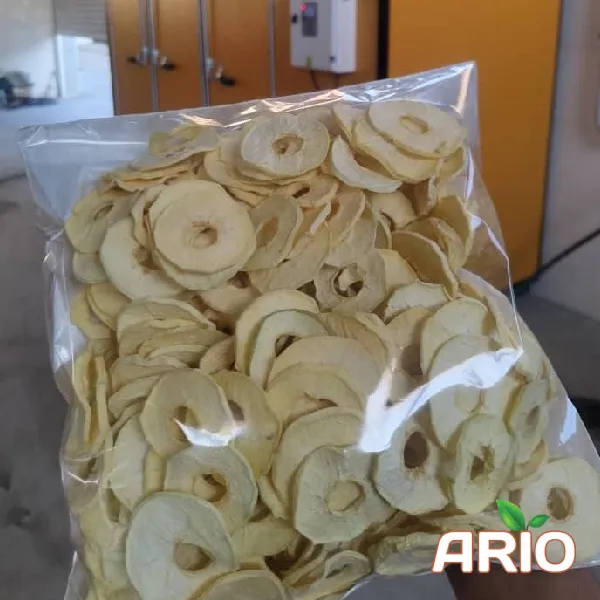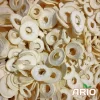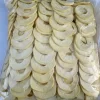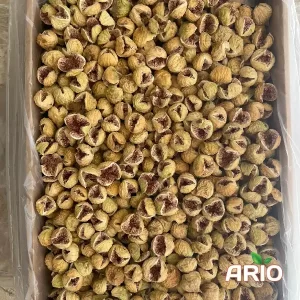Dried Apples: A Strategic Guide for Bulk Importers and Exporters
Global Market Overview
The dried apple market has witnessed steady growth over the past decade. In 2024, the market was valued at approximately USD 0.17 billion and is projected to reach USD 0.22 billion by 2033, growing at a CAGR of about 3.36%. This growth is driven by increasing consumer demand for healthy snacks and the expanding application of dried apples in various food products.
Leading Exporters and Importers
Understanding the major players in the dried apple trade is crucial for strategic sourcing and market penetration.
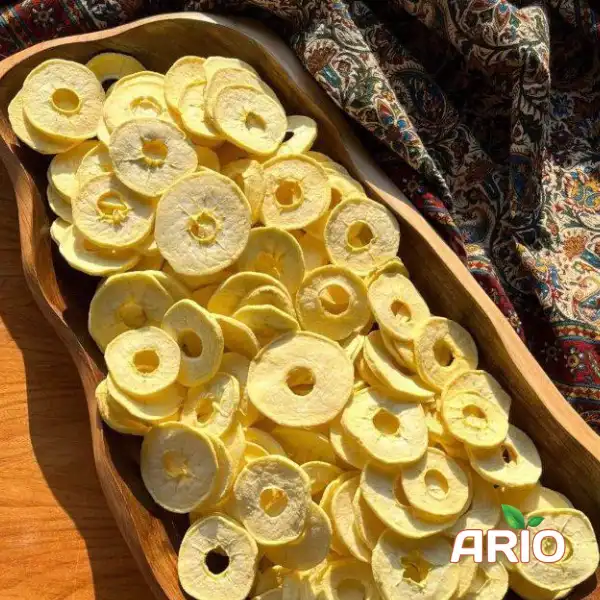
To explore more dried fruit products, click here
Top Exporting Countries:
- Vietnam: Leading exporter to the United States, accounting for 52% of its dried apple imports.
- China: Significant exporter with a growing presence in global markets.
- Chile: Known for high-quality dried apple production.
Volza
Top Importing Countries:
- United States: Major importer, sourcing primarily from Vietnam, China, and Chile.
- Germany: Significant market for dried apple imports.
- Netherlands: Key entry point for dried fruits into the European Union.
Volza
Quality Standards and Certifications
Compliance with international quality standards is essential for successful trade in dried apples.
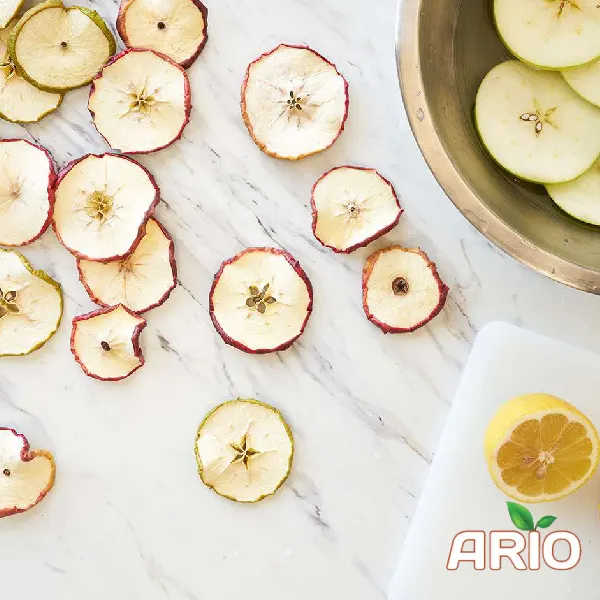
USDA Grades:
- Grade B (U.S. Choice): Moisture content not exceeding 24%, reasonably good color, and texture.
- Grade C (U.S. Standard): Slightly lower quality with acceptable flavor and texture.
International Standards:
- ISO 7701:1994: Specifies requirements for grading, odor, taste, and freedom from defects.
- UNECE Standard DDP-16: Defines quality requirements at the export-control stage.
Certifications:
- HACCP: Ensures food safety through hazard analysis and critical control points.
- ISO 22000: Food safety management systems.
- GFSI: Global Food Safety Initiative benchmarks.
Arat Company Pjs
read more: Dried Aloo Bukhara

Pricing and Cost Factors
Dried apple prices are influenced by various factors, including origin, quality, and market demand.
Price Trends:
In 2023, global export and import prices ranged from $0.40 to $4.14 per kg.
By 2024, prices increased to a range of $0.60 to $15.11 per kg, reflecting growing demand and supply chain dynamics.
Cost Considerations:
Quality grades and certifications.
Shipping and logistics expenses.
Tariffs and import duties.
Seasonal availability and crop yields.
Logistics and Regulatory Considerations
Efficient logistics and adherence to regulations are critical for the successful import and export of dried apples.
Shipping and Storage:
Dried apples should be stored in cool, dry conditions (55–70°F) with water activity below 0.60 to ensure a shelf life of up to 12 months.
Meduri Farms
Import Regulations:
Compliance with destination country regulations, including food safety standards and labeling requirements.
Understanding of customs procedures and documentation.
Tariff Implications:
Tariff changes can significantly impact trade dynamics. For instance, the U.S. apple industry faces challenges due to tariffs on Chinese goods, affecting prices and market share.
farmcrediteast.com
Sourcing Strategies
Developing effective sourcing strategies is vital for maintaining quality and cost-efficiency.
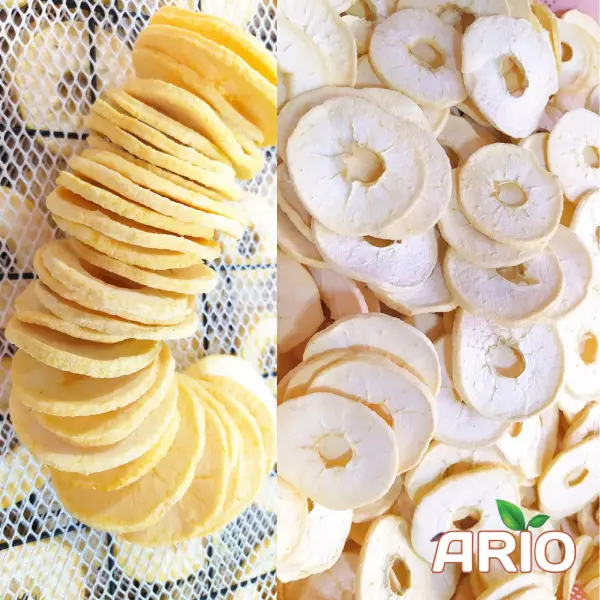
Supplier Selection:
Evaluate suppliers based on certifications, production capacity, and compliance with international standards.
Consider suppliers from leading exporting countries like Vietnam, China, and Chile.
Volza
Quality Assurance:
Implement regular quality checks and audits.
Establish clear specifications and requirements in contracts.
Risk Management:
Diversify supplier base to mitigate risks associated with geopolitical tensions and supply chain disruptions.
Stay informed about market trends and tariff changes
Frequently Asked Questions (FAQ)
Key certifications include HACCP, ISO 22000, and GFSI benchmarks.
When stored properly, dried apples can have a shelf life of up to 12 months.
Packaging should protect against moisture and contamination and comply with destination country regulations.
Quality, origin, certifications, market demand, and logistics costs are primary factors.


